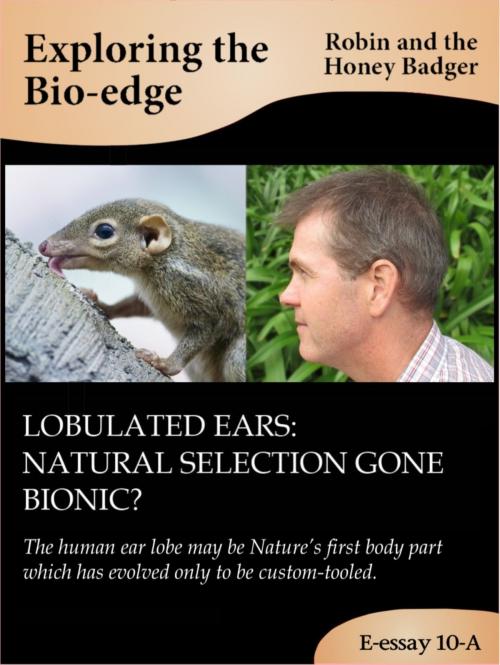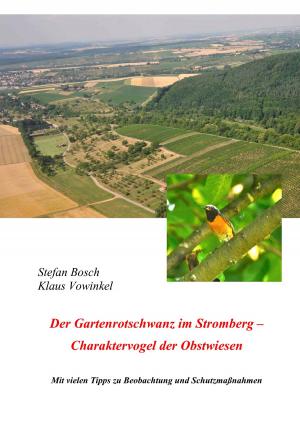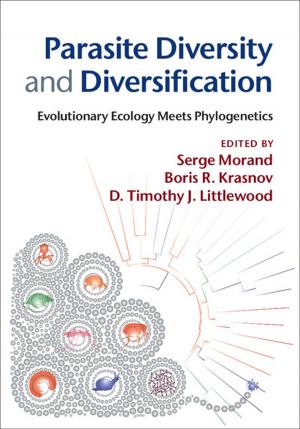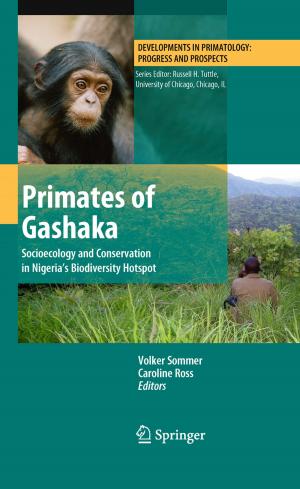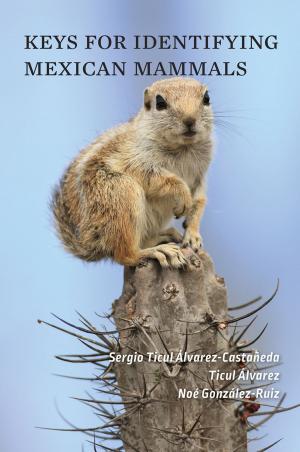Lobulated ears: natural selection gone bionic?
Nonfiction, Science & Nature, Science, Biological Sciences, Physiology, Zoology| Author: | Robin and the Honey Badger | ISBN: | 9781301504190 |
| Publisher: | Robin and the Honey Badger | Publication: | December 24, 2012 |
| Imprint: | Smashwords Edition | Language: | English |
| Author: | Robin and the Honey Badger |
| ISBN: | 9781301504190 |
| Publisher: | Robin and the Honey Badger |
| Publication: | December 24, 2012 |
| Imprint: | Smashwords Edition |
| Language: | English |
Robin and the Honey Badger’s mission is to re-charge biology with originality for you, the non-specialist reader. Here we interview the human ear lobe, noting that no other primate has yet proven to possess a cartilage-free auricular lobule. We speculate on the real reasons why Homo sapiens – but not necessarily other species of humans – has artfully augmented a body part that serves as a social billboard despite being asexual and non-racial.
Each morning Robin and the Honey Badger wake up to a world of Nature with new curiosity. Which aspects of the natural world have been underlooked? Which adaptations or non-adaptations of organisms have been downplayed because of some theoretical bias? Which observations have yet to be integrated because of interdisciplinary timidity? How laterally can we think as we cruise the bewildering diversity of life forms on Earth? Join us in our mission of Exploring the Bio-edge in a series of e-essays that fearlessly - but accurately - cover all corners of biology.
Robin and the Honey Badger’s mission is to re-charge biology with originality for you, the non-specialist reader. Here we interview the human ear lobe, noting that no other primate has yet proven to possess a cartilage-free auricular lobule. We speculate on the real reasons why Homo sapiens – but not necessarily other species of humans – has artfully augmented a body part that serves as a social billboard despite being asexual and non-racial.
Each morning Robin and the Honey Badger wake up to a world of Nature with new curiosity. Which aspects of the natural world have been underlooked? Which adaptations or non-adaptations of organisms have been downplayed because of some theoretical bias? Which observations have yet to be integrated because of interdisciplinary timidity? How laterally can we think as we cruise the bewildering diversity of life forms on Earth? Join us in our mission of Exploring the Bio-edge in a series of e-essays that fearlessly - but accurately - cover all corners of biology.
